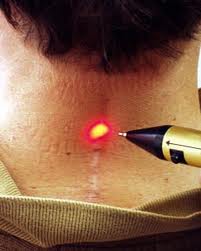WHO has approved the test after 18 months of rigorous assessment of its field effectiveness and now calling policymaker to incorporate the NAAT test into national plans for TB and MDR-TB care and control. The new test — developed over five years by a public-private partnership between Foundation for Innovative and New Diagnostics (FIND), a California-based company called Cepheid Inc. and the University of Medicine and Dentistry of New Jersey in the US — uses polymerase-chain-reaction (PCR) technology to detect the DNA of the TB bacterium.
The current sputum culture test used for diagnosis of MDR-TB requires sophisticated laboratories and skilled technicians and takes longer period up to three months, by which time the patient may have infected more and, in many cases, died. In contrast, the new test can diagnose in just 100 minutes. The treatment of patients can be provided instantly at the same setting of testing. The test is fully automated, easy to handle and less chance of error by technician. It can be performed without a conventional laboratory setting.
Moreover, the accuracy of the test is much higher than conventional tests. Although the new test has numerous advantages the affordability is a key concern in developing countries like Bangladesh.
Prof Dr Iqbal Hasan Mahmmod, a Respiratory Medicine Specialist of Bangladesh said, "The new test will be very important for our country and other developing countries fighting TB epidemics. Rather than role in diagnosis of ordinary TB, it will have great use in diagnosis of drug susceptibility for MDR-TB more accurately and swiftly. In order to make successful implementation, the financial barriers should be eliminated for poor people."
Source: The Daily Star




